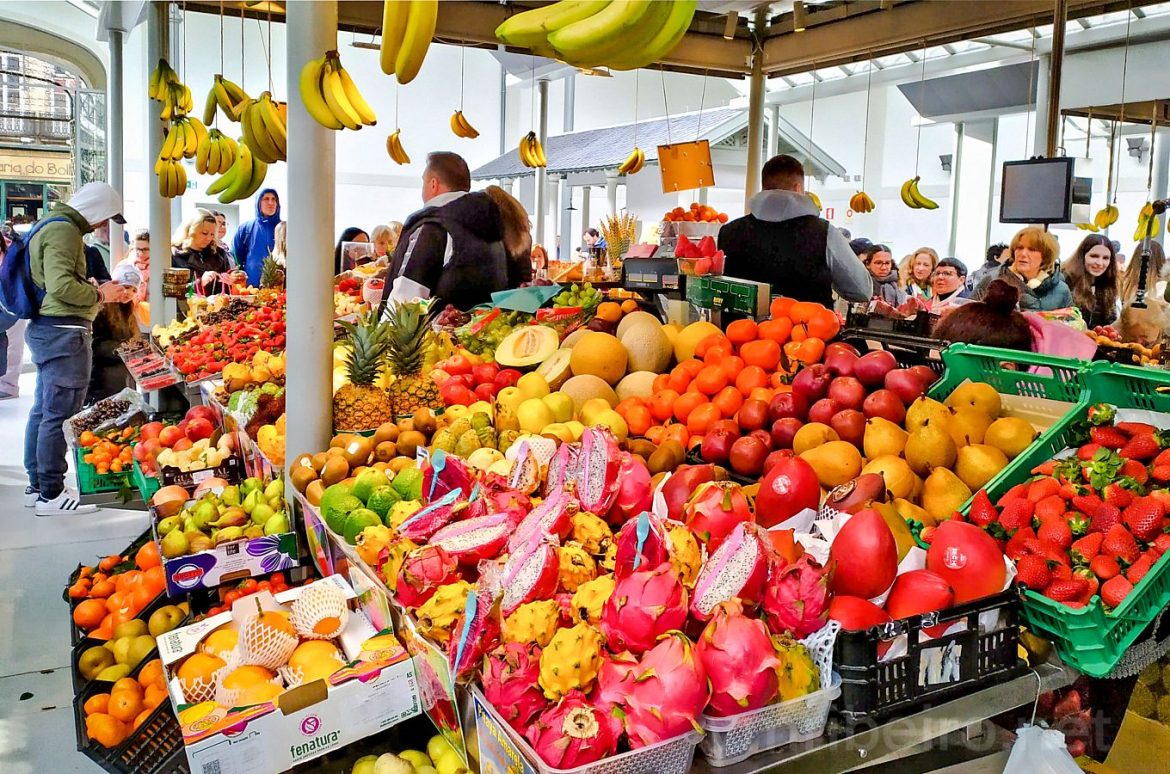As pet owners, we all want the best for our furry friends. From the food they eat to the toys they play with, every decision we make is with their health and happiness in mind. One trend that has gained popularity in recent years is feeding our pets a raw diet. Proponents of this diet claim that it is more natural and healthier for our pets, while opponents argue that it can be dangerous and lacks scientific evidence. In this article, we will explore the benefits and drawbacks of raw diets for pets, so that you can make an informed decision about what to feed your furry companion.
1. The Raw Truth: Exploring the Pros and Cons of Feeding Your Pet a Raw Diet
The Pros of Feeding Your Pet a Raw Diet
- Improved Digestion: Raw food is easier for pets to digest, which can lead to better nutrient absorption and less digestive issues.
- Healthier Coat and Skin: A raw diet can improve the appearance and health of your pet’s coat and skin, making it shinier and less prone to dryness and irritation.
- Stronger Immune System: Raw food contains natural enzymes and antioxidants that can boost your pet’s immune system and help prevent illnesses.
- More Energy: A raw diet can provide your pet with more energy and stamina, which can be especially beneficial for active dogs and cats.
The Cons of Feeding Your Pet a Raw Diet
- Risk of Bacterial Infections: Raw food can contain harmful bacteria like Salmonella and E. coli, which can make your pet sick and even be transmitted to humans.
- Difficulty in Preparation: Preparing a raw diet for your pet can be time-consuming and require special equipment, such as a meat grinder or dehydrator.
- Cost: A raw diet can be more expensive than traditional pet food, especially if you choose to buy organic or grass-fed meats.
- Imbalanced Nutrition: It can be challenging to ensure that your pet is getting all the necessary nutrients in the right proportions on a raw diet, which can lead to health problems if not done correctly.
2. Is a Raw Diet Right for Your Furry Friend? Weighing the Benefits and Drawbacks
When it comes to feeding your furry friend, there are many options available. One of the most popular choices in recent years is a raw diet. This type of diet involves feeding your pet raw meat, bones, and organs, as well as fruits and vegetables. While there are some benefits to this type of diet, there are also some drawbacks to consider.
- Benefits:
- Improved digestion: Raw food is easier for pets to digest, which can lead to better nutrient absorption and fewer digestive issues.
- Healthier coat and skin: A raw diet can improve the appearance of your pet’s coat and skin, making them look and feel healthier.
- More energy: Many pet owners report that their pets have more energy and are more active on a raw diet.
However, there are also some drawbacks to consider when it comes to a raw diet for your pet. These include:
- Drawbacks:
- Risk of bacterial contamination: Raw meat can contain harmful bacteria such as Salmonella and E. coli, which can be dangerous for both pets and humans.
- Expense: A raw diet can be more expensive than traditional pet food, as it often requires purchasing high-quality, organic ingredients.
- Difficulty in preparation: Preparing a raw diet for your pet can be time-consuming and require a lot of effort, which may not be feasible for some pet owners.
3. From Health Benefits to Safety Concerns: A Comprehensive Look at Raw Diets for Pets
Raw diets for pets have been gaining popularity in recent years, with many pet owners claiming that it provides numerous health benefits for their furry friends. However, there are also safety concerns that come with feeding pets raw diets. Here are some things to consider when deciding whether to feed your pet a raw diet.
Firstly, raw diets can provide numerous health benefits for pets. They are often high in protein and contain natural enzymes that can aid in digestion. Raw diets can also help pets maintain a healthy weight and improve their coat and skin health. Additionally, some pet owners claim that raw diets can help reduce allergies and improve overall energy levels in their pets.
However, there are also safety concerns that come with feeding pets raw diets. Raw meat can contain harmful bacteria such as salmonella and E. coli, which can be dangerous for both pets and humans. Additionally, feeding pets a raw diet requires careful preparation and storage to ensure that the food is safe to eat. It is important to consult with a veterinarian before switching your pet to a raw diet and to follow proper food handling and preparation guidelines to ensure your pet’s safety. In conclusion, raw diets for pets have both benefits and drawbacks that need to be carefully considered before making a decision. While proponents of raw diets argue that they can improve a pet’s overall health and well-being, there are also potential risks associated with feeding raw food. It is important to consult with a veterinarian and do thorough research before making any changes to your pet’s diet. Ultimately, the decision to feed a raw diet should be based on what is best for your individual pet’s needs and lifestyle.

